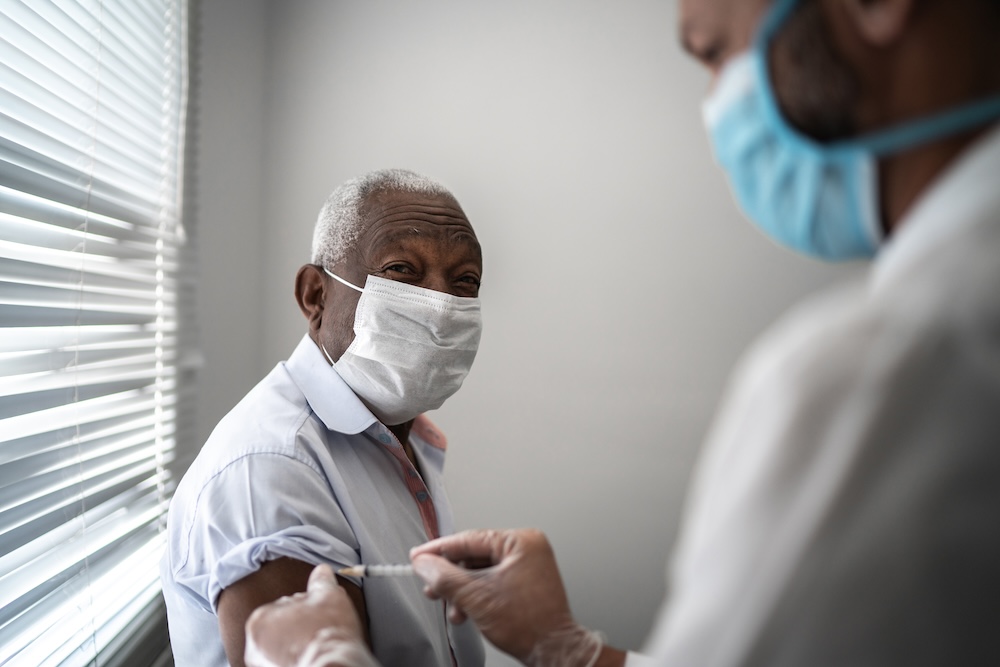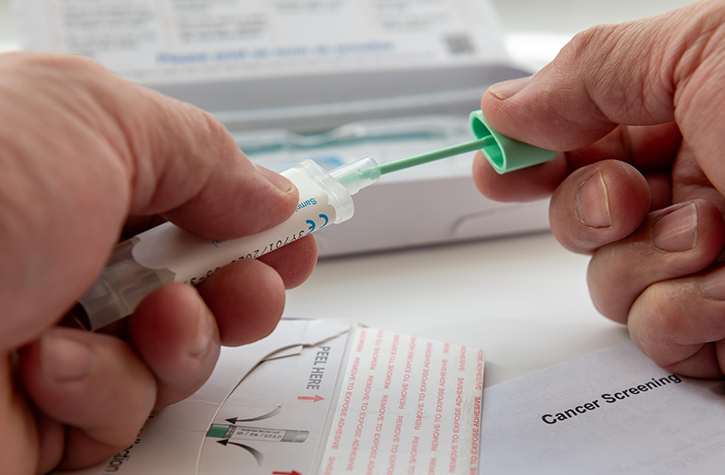December 1, 2017
Compared with the non-Hispanic white (NHW) population, the urban American-Indian and Alaskan Native (AIAN) community was more likely to have lower survival rates following invasive prostate and breast cancer, according to results published in Cancer Research, a journal of the American Association for Cancer Research.
“It’s been reported that the AIAN community has a higher cancer burden than other racial/ethnic groups,” said lead author Marc A. Emerson, MPH, PhD candidate, Department of Epidemiology, University of North Carolina at Chapel Hill. “However, accurate, population-based information on the cancer experience for this population residing in an urban setting is severely lacking.”
Previous AIAN data regarding cancer incidence and mortality are linked with the Indian Health Service (IHS); however, access to IHS facilities for the majority of AIANs is limited, as IHS clinics and hospitals are located near reservation lands, Emerson explained. Additionally, only members of federally recognized AIAN tribes qualify for treatment by the IHS. Altogether, it is estimated that up to 80 percent of the AIAN population cannot utilize IHS services, resulting in data acquisition that is not representative of the entire cohort, he said.
“The AIAN population has a unique history of social, environmental, and cultural injustices that have impacted health,” noted Emerson. “As a result, many of these long-term exposures have resulted in an unequal contemporary burden of comorbid health conditions.”Senior author Laurel A. Habel, PhD, associate director for cancer research at the Kaiser Permanente Northern California (KPNC) Division of Research, and colleagues analyzed data from 582 AIAN and 82,696 NHW enrollees of KPNC, a health care system that covers roughly one-third of people living in the Bay Area and Central Valley in California. Participants were diagnosed with primary invasive breast, prostate, lung, or colorectal cancer between January 1997 and December 2015. As enrollees of the same comprehensive health plan, participants of this study had approximately equal access for both cancer treatment and preventative services. However, AIANs had a somewhat higher comorbidity burden as compared to NHWs.
In addition to comorbidity burden, Habel and colleagues compared cancer survival between the AIAN and NHW populations. They found that the AIAN community had an 87 percent increased risk for prostate cancer-specific mortality, and a 47 percent increased risk for all-cause mortality following invasive breast cancer, after controlling for patient factors, disease characteristics, and comorbidity status. Additional adjustment for income did not significantly change the outcomes. They did not observe higher overall or cancer-specific mortality for AIAN individuals with lung or colorectal cancer.
This article was originally posted on the Division of Research’s Spotlight, in conjunction with a release posted by the American Association for Cancer Research. To read the full AACR release, go here.






